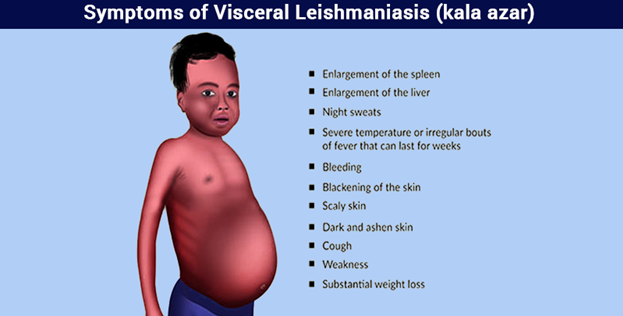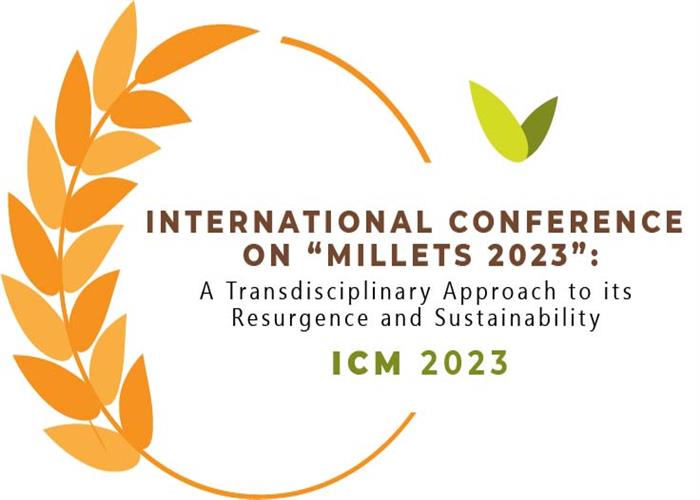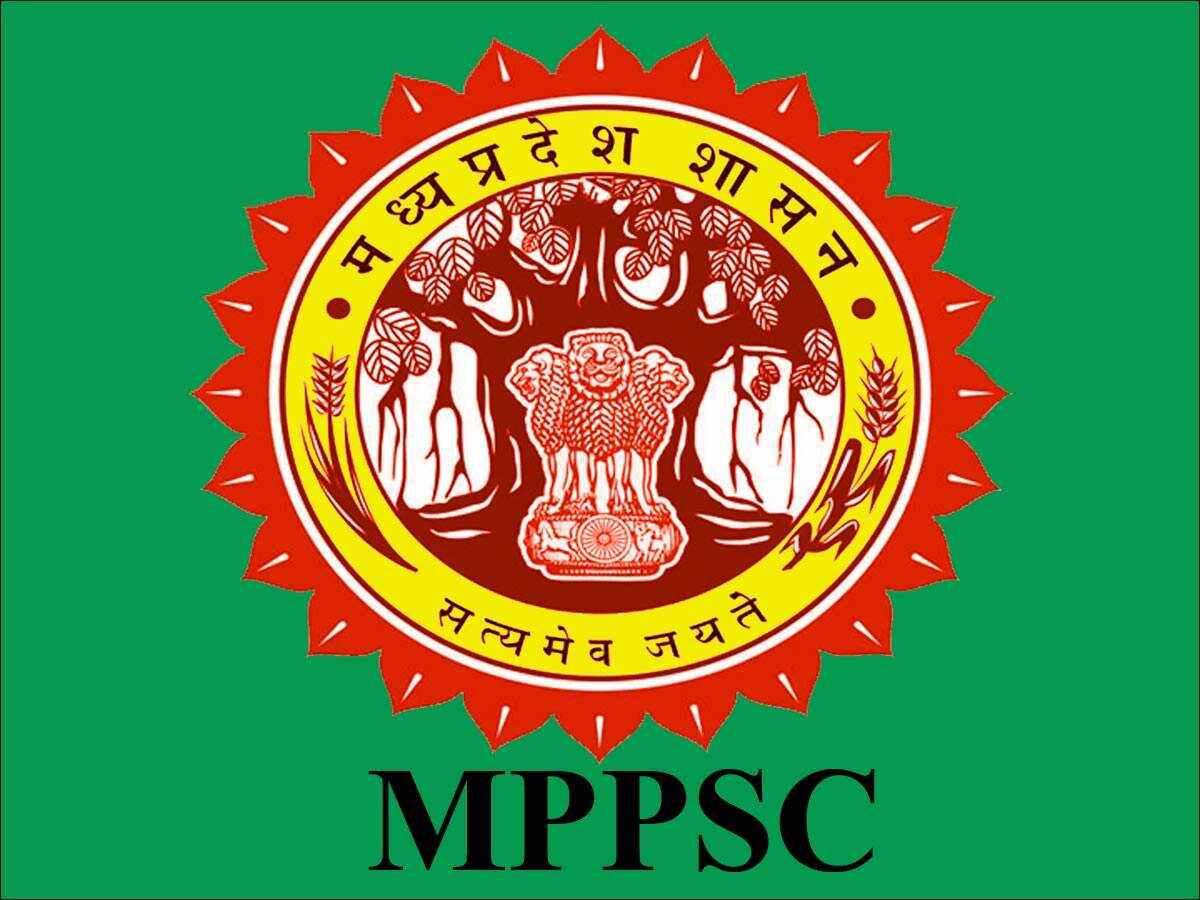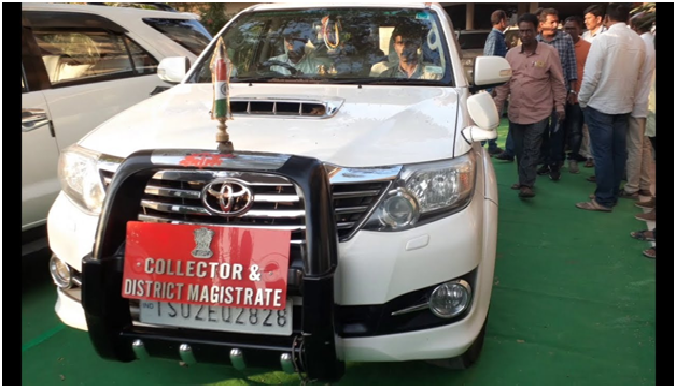KALA AZAR- MISSION 2023
Why in news? : GoIhas set the target to eliminate Kala-azar from country by 2023. India’s target is way ahead than World Health Organisation (WHO)’s target of eliminating the disease by 2030.
What is the disease? : Also called as Leishmaniasis. It is a neglected tropical disease, by which over 100 countries are affected. Neglected tropical diseases are a group of multiple communicable diseases that are prevalent in tropical and subtropical conditions of 149 countries. The disease is caused due to parasite called Leishmania. This parasite is transmitted via bite of sand flies.
Types : Visceral leishmaniasis: It affects multiple organs and is considered as the most serious form of the disease. It is commonly called as Kala Azar in India.
Cutaneous leishmaniasis: It is the most common type, affecting skin. It results into skin sores.
Mucocutaneous leishmaniasis: It causes skin and mucosal lesions.
Treatment : Only drug that is used to treat kala azar is miltefosine. However, this drug is losing its effectiveness rapidly, because of parasite’s resistance to this drug. A protein called ‘P4ATPase-CDC50’, helps in intaking the drug by parasite. But other called ‘P-glycoprotein’, throws this drug out from parasite’s body.
National Kala-azar Elimination Programme : India signed a Tripartite Memorandum of Understanding (MoU) with Bangladesh and Nepal to achieve Kala-azar elimination from the South-East Asia Region (SEAR). Presently all programmatic activities are being implemented through the National Vector Borne Disease Control Programme (NVBDCP) which is an umbrella programme for prevention & control of vector borne diseases and is subsumed under National Health Mission (NHM).




.jpg)
.jpg)
.jpg)
.jpg)
.jpg)

.jpg)



